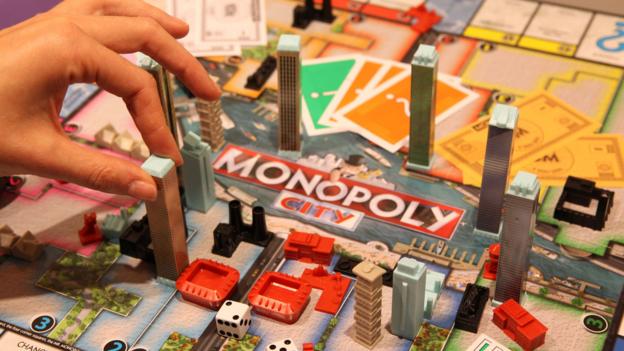
The odds of all the dice and cards falling in this way is about once in every 271 trillion games. If an average game lasts two hours, this would require every single person on the planet to play back-to-back two-player games for almost 16 years before one game finished this way in four turns.
“People overestimate the probability of things happening,” says Myers. “In social psychology literature it is fairly well established that people are poor at assessing risk. You have to remember that it is incredibly unlikely that someone will win a game in only a few turns.”
In 2010, Myers staged a version of this game on YouTube to show that it could be finished in 21 seconds. “The entire internet is smarter than you, though,” says Myers. “Someone came up with an eight-roll game. So, we worked harder and came up with a seven-roll one [which can be completed in 13 seconds]. That version has withstood the test of time.”
Myers says that in playing as speedily as possible he learned that certain assets in the game are a waste of time. “Utilities for example, they are losers in the long run,” he says. “The other thing is you have to build as fast as you can. If you have two people playing you are more likely to have a winner. Four people makes it hard to build, so it makes it harder for anyone to win.”
Is there a better game?
Reynolds, who developed her first game, Randomise, as a way to lure her 12-year-old sister away from her iPad, believes that the best games give all players a sense that they could be winning until the last moment. “The essence of hope helps to give a positive losing experience,” she says. “And at least the negative is over quickly, rather than to know that you are losing all the way through the game.
“The right game for the right audience is like choosing the right wine, it can be very subjective,” says Reynolds. “But a game that is easy to learn and hard to master is best.”
from Hacker News https://ift.tt/2HTOSkz
No comments:
Post a Comment
Note: Only a member of this blog may post a comment.